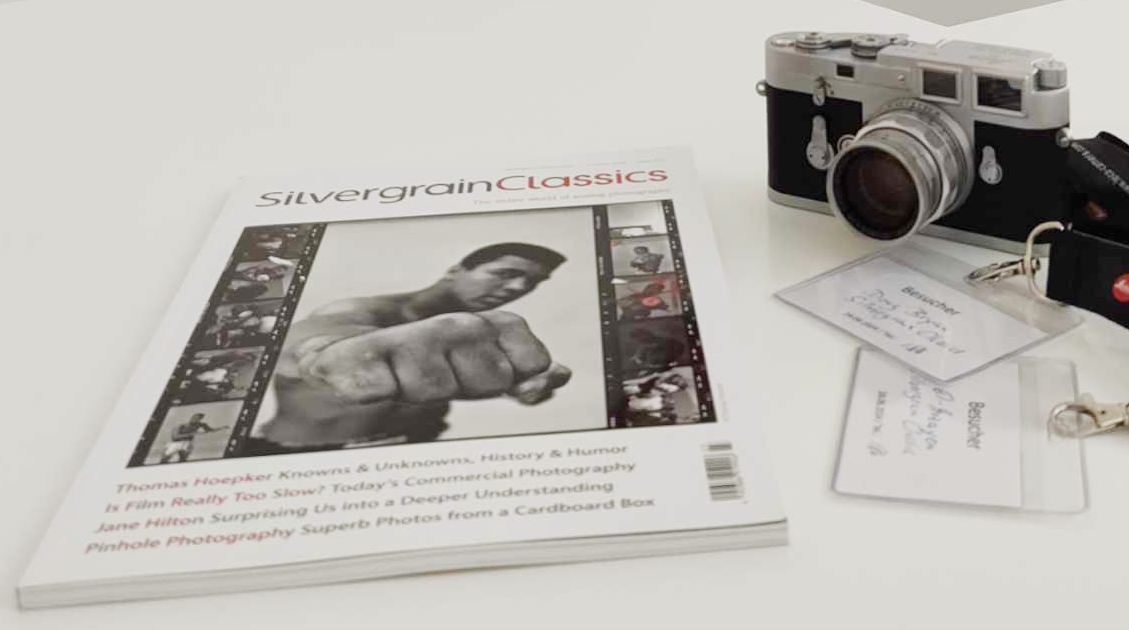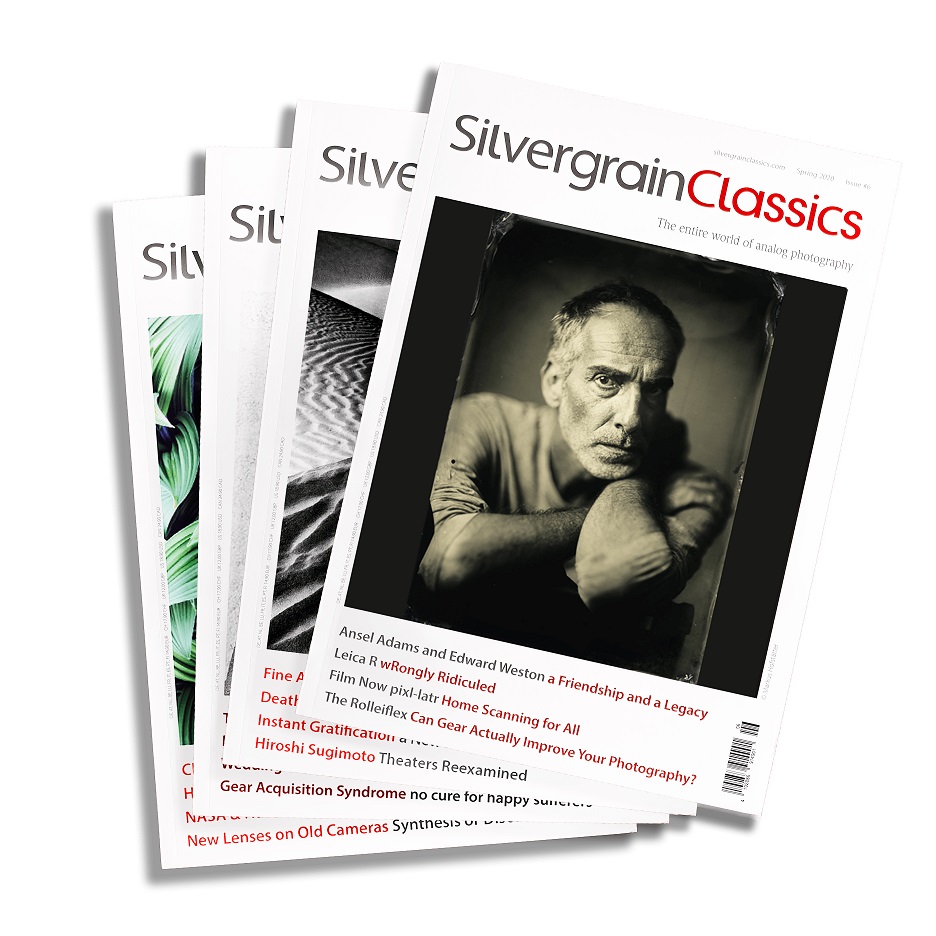The Summer of the Leica M3
By Marwan El Mozayen / SilvergrainClassics
A symbol of time-tested craftsmanship, passion, and precision
For any Leica enthusiast, the story of a 1959 Leica M3 being brought back to its birthplace in Wetzlar for a full service is something truly special. This summer, we had the privilege of following the remarkable journey of a classic Leica M3 as it went through the hands of Leica’s expert technicians—a story we covered in detail across three issues of SilvergrainClassics (Issues 15, 16, and 23). It’s an adventure that not only reveals the enduring craftsmanship behind these iconic cameras but also highlights why Leica’s service center in Wetzlar is one of the best places in the world for any M camera to be restored to its former glory.

The Journey Begins
In SilvergrainClassics, Issue 15, we first introduced you to this particular Leica M3. A 1959 model that was sent back to Wetzlar for its long-awaited service. From the moment we stepped into the Leica Classic Store for the initial assessment, it became clear that this camera had seen decades of use and wear. Yet, as we handed it over to the skilled service personnel, there was an underlying excitement—knowing that we were about to witness one of the finest examples of craftsmanship in the camera world.

Disassembly with Surprises
Fast forward to SilvergrainClassics, Issue 16, where we covered the disassembly of the Leica M3. What was supposed to be a straightforward procedure quickly turned into a discovery of hidden challenges. The camera’s interior revealed its age, with wear and tear in unexpected places. Watching the Leica technicians handle these surprises with absolute precision and care was mesmerizing. Each part of the M3 was treated like a small masterpiece in its own right, and the attention to detail was beyond impressive.
What really stood out during this phase was the deep connection between the technicians and the camera. These experts, many of whom have decades of experience, are not just repairing cameras—they are preserving a legacy. Their knowledge has been passed down through generations, and you can feel the weight of that heritage in every step of their process.

The Grand Finale
Finally, in SilvergrainClassics, Issue 23, we documented the culmination of this journey: the completion of the repair, overhaul, and CLA (cleaning, lubrication, and adjustment) of the Leica M3. Seeing the camera put back together after such an intensive process was a sight to behold. The moment we cocked and released the shutter for the first time, it was like stepping back in time—this 65-year-old camera now felt as reliable and precise as a brand-new one.
For me personally, this was a transformative experience. Although I’ve always been more of an SLR photographer, favoring the Leica R system, using this rejuvenated M3 over the summer has been an absolute joy. I took it on a city trip to Brussels, where it performed flawlessly, proving that a camera built over half a century ago can still capture the world in stunning detail. There’s something indescribably special about the feel of a Leica M3, and after this experience, I have a newfound appreciation for rangefinder photography.

Why Wetzlar Service is World-Class
This journey has taught me one crucial thing: if you’re lucky enough to own a Leica M, there’s no better place to send it for service than Wetzlar. The demand for Leica services is incredibly high, with cameras coming from all over the world, so waiting times can be long. However, this is not because of a lack of effort — it’s because the technicians themselves are the true limiting factor. The level of skill required to service these cameras, especially classics like the Leica M3, is simply irreplaceable. Many of the technicians have spent decades honing their craft, and that depth of experience cannot be replaced by simply hiring more staff.
Watching the team work in Wetzlar, it became clear that this expertise is passed down through generations, creating a unique bond between past and present. It’s not just about fixing a camera — it’s about preserving history, and that is why the wait is worth it.
Don’t Miss Out
If you’re as fascinated by the history, precision, and craft behind Leica as we are, don’t miss out on SilvergrainClassics Issues 15, 16, and 23. Each of these issues dives deep into the story of this Leica M3, from its first assessment to its final return. You’ll get a rare behind-the-scenes look at the meticulous service process at Leica’s Wetzlar headquarters and gain insight into what makes these cameras timeless works of art.

Get your copies today
In these three issues of Silvergrain Classics you will find the whole story of a Leica M3 that returned to its birthplace after 65 years:
These online articles are free – we see it as our contribution to the film photography community. You can support this content by subscribing to our awesome print magazine about the entire world of analog photography!
https://shop.silvergrainclassics.com/subscriptions/


